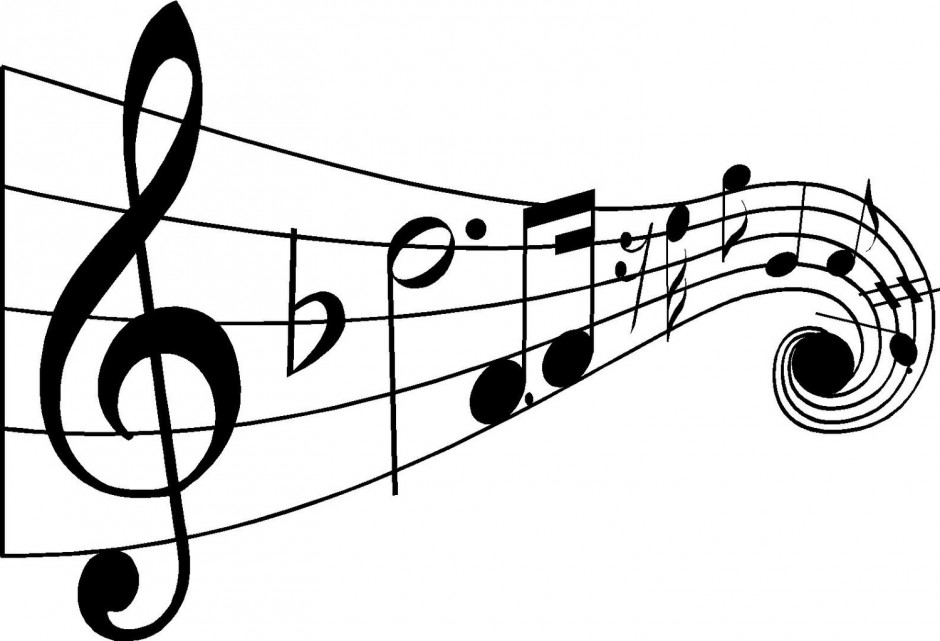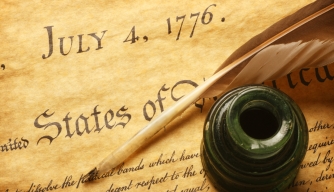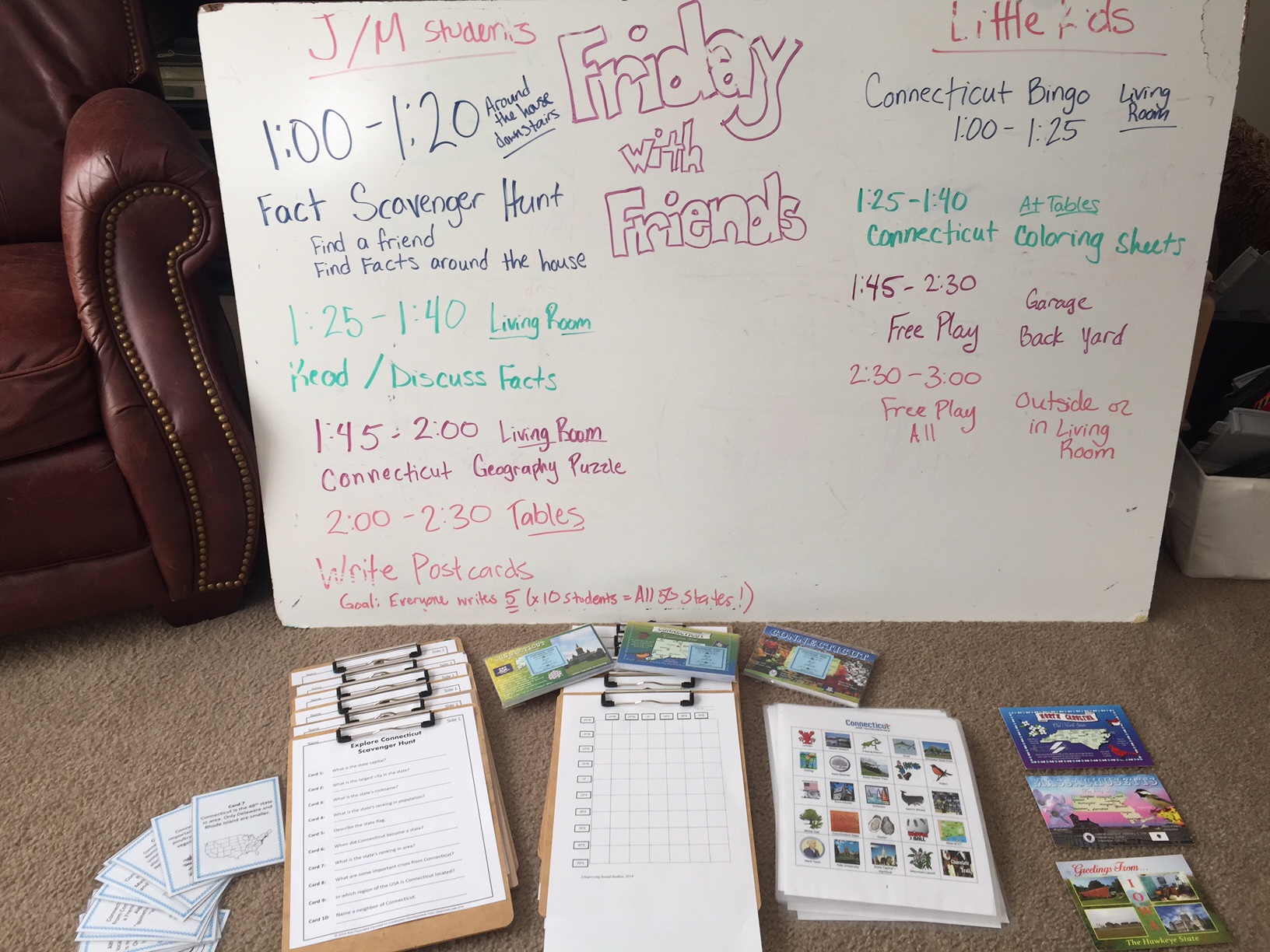I Declare
/Our second Friday with Friends class correlated with Cycle 3 week 4, the Declaration of Independence. The student's first task was to put a timeline of events in order. Each group was given a large piece of paper, markers, and this resource from teachers pay teachers.
Since we were beginning with the timeline activity I wrote the answers on the board and they simply had to put their own timelines in order and write the dates on them. I wanted this to be an activity the students could complete as everyone was arriving.
After completing the timelines we took turns reading through the full Declaration of Independence. We did not discuss what the whole document meant. I gave brief explanations throughout the reading. I felt like it was good for the kids to read and hear the full Declaration.
I was planning to have the kids work on this scavenger hunt, but after reading the entire Declaration I decided to send the scavenger hunt home with them instead. I also had spy activities for us to do and I wanted to make sure we had enough time for those.
The other part of this Friday with Friends was to study the Culper Spy Ring. We began by reading a Culper Spy Ring theater script together. You can find that here.
Following that I split the students into two groups. One group was colonists in New Jersey. I told them they were having to quarter a British soldier in their house. They were able to overhear where the British were holding some of the "Rebel" soldiers captive. Using the Culper spy code book they had to write a note and get it to the "Rebel" soldiers in Massachusetts. The other group was the Colonial Army. They had a spy undercover in New Jersey. Using the Culper spy code book they had to write a note to the Colonists in New Jersey to tell them who their spy was.
Before the class began one student from each group (New Jersey Colonists and the Colonial Army in Massachusetts) hid a doll. These dolls where what they needed to get the other group to find.
Here is a link to the Culper Code Book.
Other Teachers Pay Teachers resources I liked for this study included Revolutionary War Spy Code Activities, Comparing the Declaration of Independence and The Declaration of the Rights of Man, and America Booklet coloring for younger kids.






























































